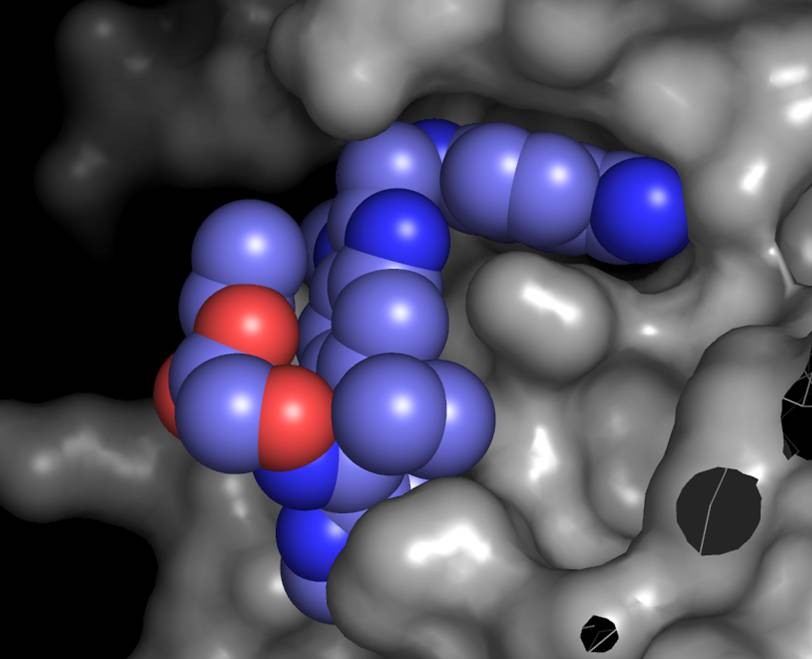

Pharmacological Screening (in vitro and in vivo)
Safety-related drug failures remain a major challenge for the pharmaceutical industry. One approach to ensuring drug safety involves assessing small molecule drug specificity by examining the ability of a drug candidate to interact with a panel of “off-target” proteins, referred to as secondary pharmacology screening. Information from human genetics and pharmacology can be used to select proteins associated with adverse effects for such screening. In an analysis of marketed drugs, we found a clear relationship between the genetic and pharmacological phenotypes of a drug’s off-target proteins and the observed drug side effects. In addition to using this phenotypic information for the selection of secondary pharmacology screens, we also show that it can be used to help identify drug off-target protein interactions responsible for drug-related adverse events. We anticipate that this phenotype-driven approach to secondary pharmacology screening will help to reduce safety-related drug failures due to drug off-target protein interactions.
Enrichment Analysis
We annotated phenotype matches (as defined above) between drug side effects and off-target phenotypes obtained from genetics, pharmacology, or both.
To test for which phenotypes off-target genetics/pharmacology tended to reflect drug side effects we performed an enrichment analysis using 230 MedDRA HLGT terms (ie, all HLGT terms for which there were side effects in our dataset).
First, we removed all side effect terms that mapped to the same SOC term as the drug indication to avoid side effects likely to represent exaggerated pharmacology (eg, drugs with cardiac indications were removed when we considered cardiac arrhythmia as a side effect). Second, we excluded drugs where the intended target had genetic or pharmacological evidence for the phenotype reasoning that such effects were more likely to be modulated by the intended target rather than an off-target interaction.
We then recorded the number of drugs that had a matching side effect and off-target phenotype (ie, the drug side effect matched the phenotype of at least one of the drug’s off-targets), absence of the side effect and absence of a matching off-target phenotype, presence of side effect but absence of a matching off-target phenotype, and absence of a side effect but presence of an off-target phenotype. Drugs with phenotype matches with the intended target were removed from the analysis.
We constructed 2 × 2 contingency tables containing the number of drugs fulfilling each of these criteria and calculated an odds ratio and p value for each HLGT term using a two-sided Fisher’s exact test (Agresti, 2002; Fisher, 1935) “fisher.test” in the R “stats” package (R version 3.4.2). Fisher’s exact test was chosen to be robust to small sample sizes in certain contingency tables (Kim, 2017; Ludbrook, 2008). For instances where there were zero values in the contingency table (ie, when no drugs matched the criteria) these were assigned a pseudocount of one to avoid infinite or zero odds ratio values.
We corrected our significance threshold for multiple testing using the Bonferroni method which adjusts the p value based on the number of tests performed (Bland and Altman, 1995). In this instance, we examined 618 drugs over each of 230 phenotypes giving a total of 1.4 × 105 tests performed


